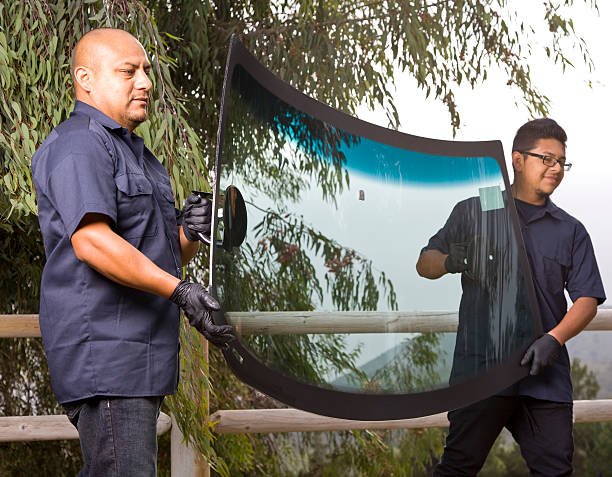The windshield of your car is a vital element, far more significant than just offering a view of the road ahead. It stands as a guardian of your safety, contributing substantially to the structural strength of your vehicle. Among the various factors influencing the health and durability of your windshield, temperature fluctuations emerge as a pivotal player. For owners of classic models, applying expert windshield repair strategies is crucial to preserving these unique vehicles.
These temperature variations can leave profound and lasting impacts on the glass, shaping its condition and effectiveness. Grasping the dynamics of how temperature swings affect your windshield is not just about enhancing your understanding but also about empowering you with the knowledge to better maintain it. This insight is crucial in averting the need for expensive repairs or even full replacements.
In this detailed exploration, we will delve into the science behind the windshield's reaction to temperature changes, the risks involved, and practical measures you can adopt to safeguard this crucial component of your vehicle, thereby ensuring your safety and preserving the longevity of your windshield in varying climatic conditions.
(424) 251-9665Glass, like most materials, expands when it's hot and contracts when it's cold. While automotive glass is designed to withstand normal temperature changes, extreme fluctuations can stress it. In winter, your car’s heater can cause the glass to warm and expand. In contrast, the cold air outside makes the glass contract. This constant cycle of expansion and contraction can create stress points on the windshield, leading to cracks.
If there are already chips or cracks in your windshield, temperature changes can make them worse. In cold weather, cracks can spread more quickly, as the glass contracts. In hot weather, the opposite occurs – the glass expands, and any existing damage can widen.
These cracks are a direct result of extreme temperature changes. For example, pouring hot water on a frozen windshield to clear ice can cause a thermal stress crack due to the rapid temperature change.
Repeated stress from temperature changes can weaken the windshield over time, even if no visible cracks are present. This can compromise the windshield's ability to protect you in the event of an accident.
Never use hot water to defrost your windshield. Instead, use a proper ice scraper or the defrost setting on your car’s heater.
In summer, try to park in the shade to keep your car cooler. In winter, parking in a garage or under cover can protect your windshield from extreme cold.
Even small damages can become big problems with temperature fluctuations. Get chips or cracks repaired as soon as possible.
This can help reduce the temperature inside your car in summer, reducing the stress on the windshield.
Avoid blasting the heater or air conditioner at extreme levels. Gradual heating or cooling is better for your windshield.
For small chips and cracks, a windshield repair can be a feasible solution. This involves injecting a special resin into the damaged area.
If the damage is severe or located in the driver’s line of sight, replacement might be the only safe option. Modern windshields are part of the vehicle's safety system, so it's crucial to ensure they are in good condition.
Always have your windshield checked by a professional if you’re unsure about the severity of the damage. They can advise whether windshield repair or replacement is necessary.
While discussing the importance of windshield maintenance, it's also valuable to consider the types of glass used. Understanding tinted versus non-tinted windshield glass can provide additional insights into how different windshield options impact your vehicle's overall performance and safety.
Your windshield does more than just provide visibility, it's an integral part of your vehicle's safety system. It provides structural strength to the car's cabin, supports the inflation and effectiveness of passenger-side airbags, and helps prevent occupants from being ejected in a crash.
Your windshield is an essential part of your vehicle's safety system, and taking care of it is crucial for your safety on the road. Understanding how temperature fluctuations affect your windshield and taking steps to minimize these effects can help extend its life and maintain your car's safety. Remember, if you're in doubt about the condition of your windshield, it’s always best to consult with a professional.

While you can't change the weather, you can minimize the risk by avoiding sudden temperature changes and repairing any damage promptly.
It depends on the size and location of the crack. However, it’s always safer to get it checked by a professional to avoid any risks.
It’s good practice to check your windshield regularly, especially after extreme weather changes.
2106 Manhattan Beach Blvd., #17, Redondo Beach CA 90278
Monday to Sunday 7am - 9pm